Cystic Fibrosis Liver Disease
Cystic fibrosis liver disease. CFLD is often an early complication of cystic fibrosis. Cystic fibrosis CF is an autosomal recessive disease characterized by mutations in the gene that encodes for the cystic fibrosis transmembrane conductance regulator protein CFTR. Our aim was to define the burden of CFLD in the UK using national registry data and identify risk factors for progressive disease.
Cystic fibrosis also known as CF or mucoviscidosis is an autosomal recessive genetic disorder affecting most critically the lungs and also the pancreas liver and intestine. Liver disease in people with cystic fibrosis is likely caused by abnormally thick fluids in the liver. Cystic fibrosis CF can cause the blockage of small ducts in the liver leading to CF-related liver disease.
Cirrhosis is considered a final and irreversible stage of liver disease and can lead to liver failure. Cystic fibrosis CF is a genetic condition affecting the lungs liver intestines pancreas and reproductive organs. Cystic fibrosis associated liver disease CFLD is the third largest cause of mortality in CF.
Cystic fibrosis-associated liver disease CFLD is the second cause of mortality in CF. CFLD refers to advanced scarring of the liver that occurs in a small number of patients with CF. We investigated whether non-invasive liver elastography Fibroscan could serve as a screening tool.
Cystic fibrosis liver disease CFLD only affects patients that have cystic fibrosis CF a genetic disorder that primarily affects the lungs and the pancreas but can also create problems in the liver and other organs. CFTR gene mutations manifest as epithelial cell dysfunction in the airways biliary tract pancreas gut sweat glands paranasal sinuses and genitourinary tract. Cystic fibrosis results in decreased fluid flow thereby increasing the concentration of bile components and contributing to the abnormal fluid thickness in the liver.
This multisystem disorder is characterized by genetic mutations in the cystic fibrosis transmembrane conductance regulator CFTR. Cystic fibrosis CF affects multiple body systems including the airways pancreas lungs and liver. The prevalence is estimated to be 2645 but sensitive diagnostic tools are lacking.
The improved life expectancy of patients with cystic fibrosis CF has led to a change in the impact of liver disease on the prognosis of this population. Recent research has shown that a particular modifier gene a gene that is not responsible for cystic fibrosis but influences the course of the disease increases the probability of a person with cystic fibrosis.
In the liver bile is thick and tenacious and also has difficulty getting out of the liver.
Cystic fibrosis CF affects multiple body systems including the airways pancreas lungs and liver. Cystic fibrosis liver disease CFLD only affects patients that have cystic fibrosis CF a genetic disorder that primarily affects the lungs and the pancreas but can also create problems in the liver and other organs. Moreover the genes of an individual also play a significant role in this condition. I support that this disease results from gene mutation and results in the dysfunction of the cystic fibrosis transmembrane conductance regulator CFTR Galante Freeman 2019. This multisystem disorder is characterized by genetic mutations in the cystic fibrosis transmembrane conductance regulator CFTR. Genetic mutations in the cystic fibrosis CF Transmembrane Conductance Regulator CFTR result in a multi-organ disease with significant morbidity and mortality which has been significantly alleviated in recent years with the advent of CFTR modulator therapy targeting certain mutation defects. Cirrhosis is considered a final and irreversible stage of liver disease and can lead to liver failure. Long thought to be primarily an issue of childhood cystic fibrosisassociated liver disease CFLD has become a concern in adults due to recent advances in extending life expectancy in North American CF patients who can now expect to live beyond 40 years of age 2. Liver transplantation has emerged as the procedure of choice for patients with CF and features of hepatic decompensation and for intractable variceal bleeding as a major manifestation.
Treating for CF liver disease will likely include a team of medical professionals including a pediatric or adult hepatologist liver specialist pulmonologist a radiologist dietician and possibly others depending on each patients needs. We investigated whether non-invasive liver elastography Fibroscan could serve as a screening tool. CFLD refers to advanced scarring of the liver that occurs in a small number of patients with CF. Although this only happens in about eight per cent of people with CF and can sometimes be managed by drugs it is a serious health risk and can require a liver transplant. Cystic fibrosis CF affects multiple body systems including the airways pancreas lungs and liver. Cystic fibrosis CF can cause the blockage of small ducts in the liver leading to CF-related liver disease. Treatment for cystic fibrosis liver disease.





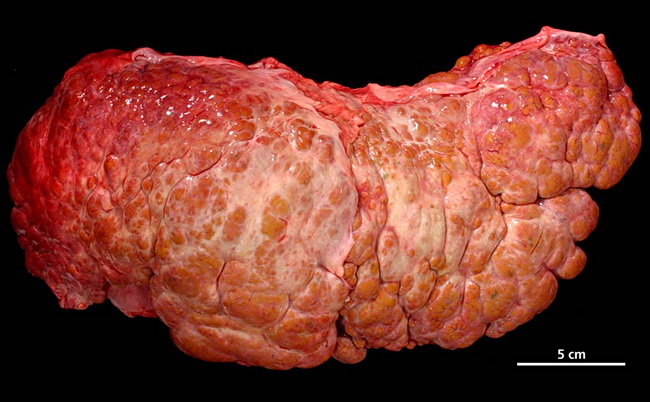
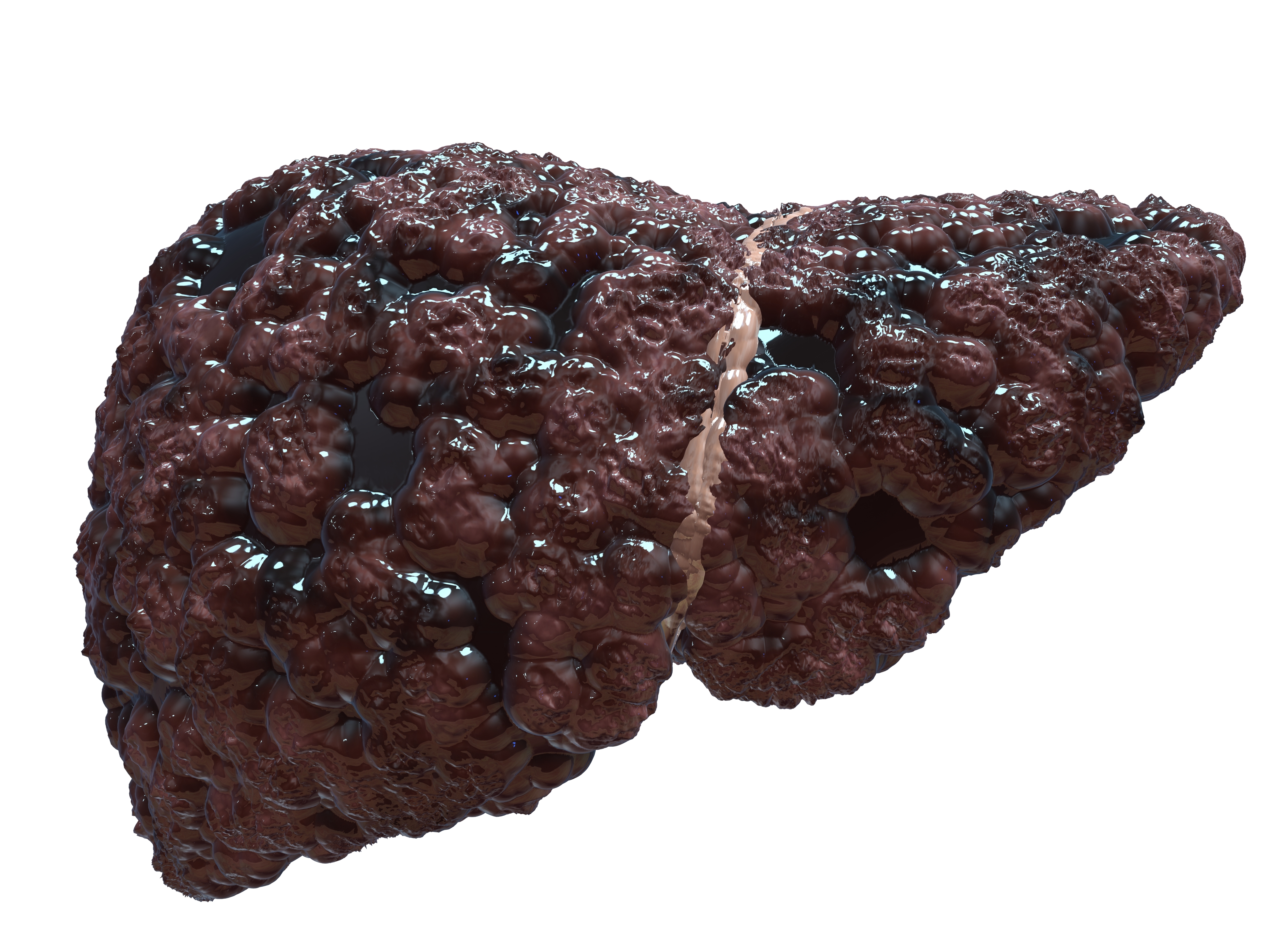


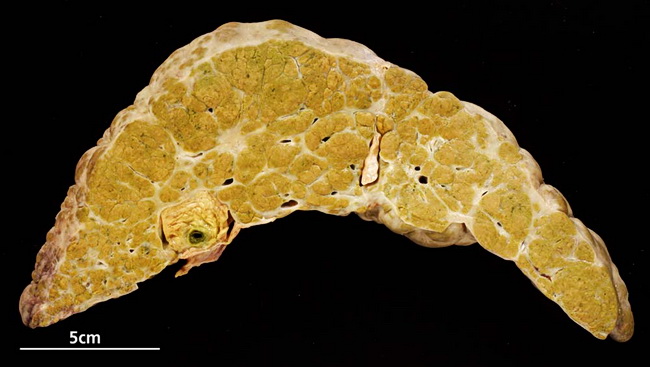



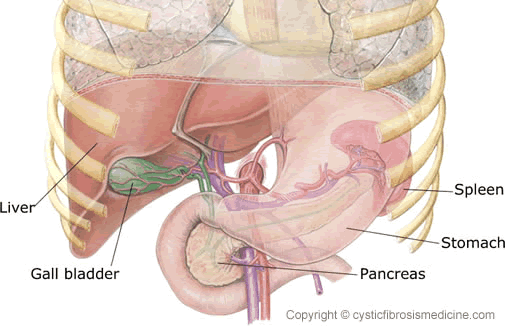

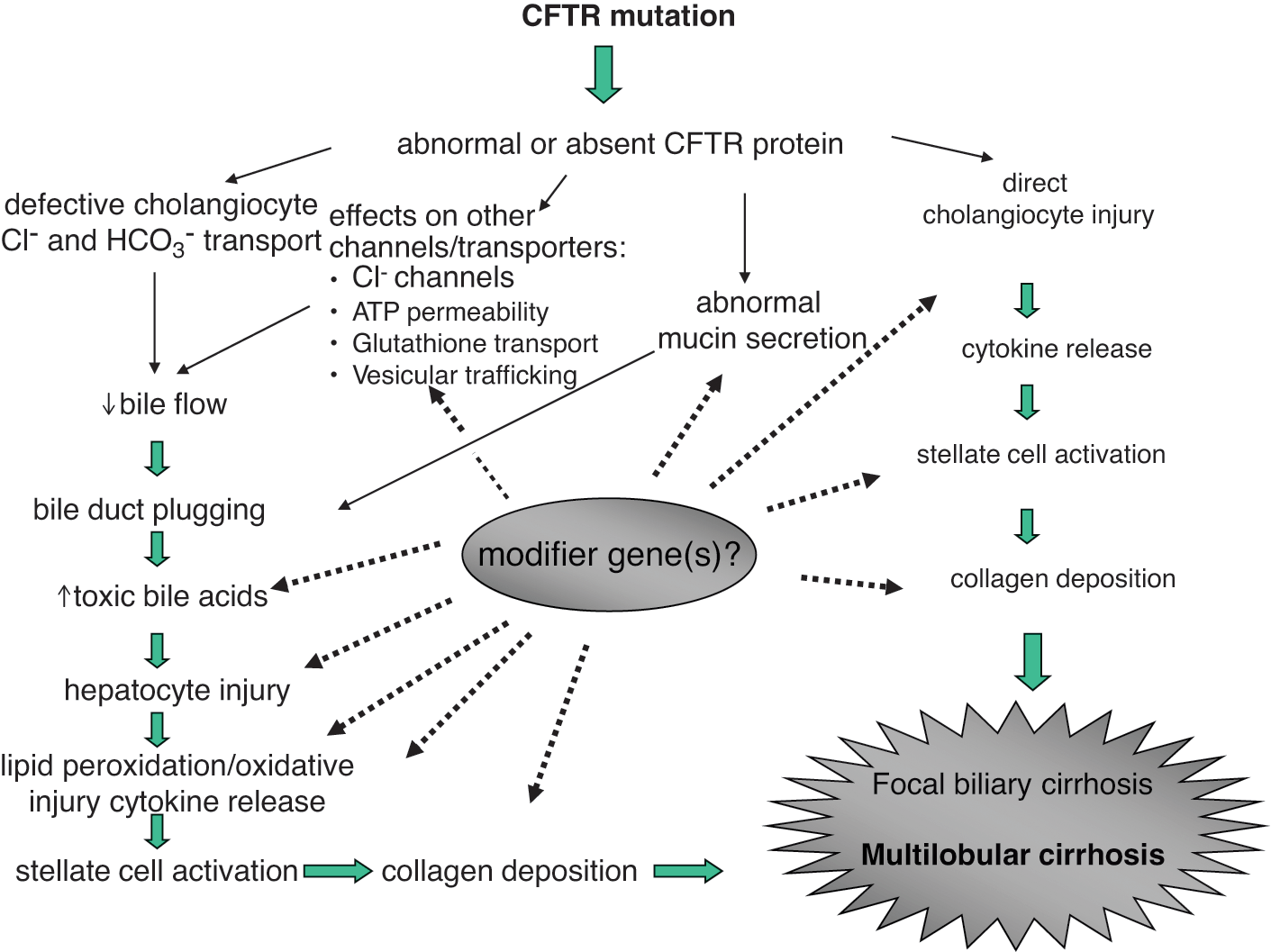

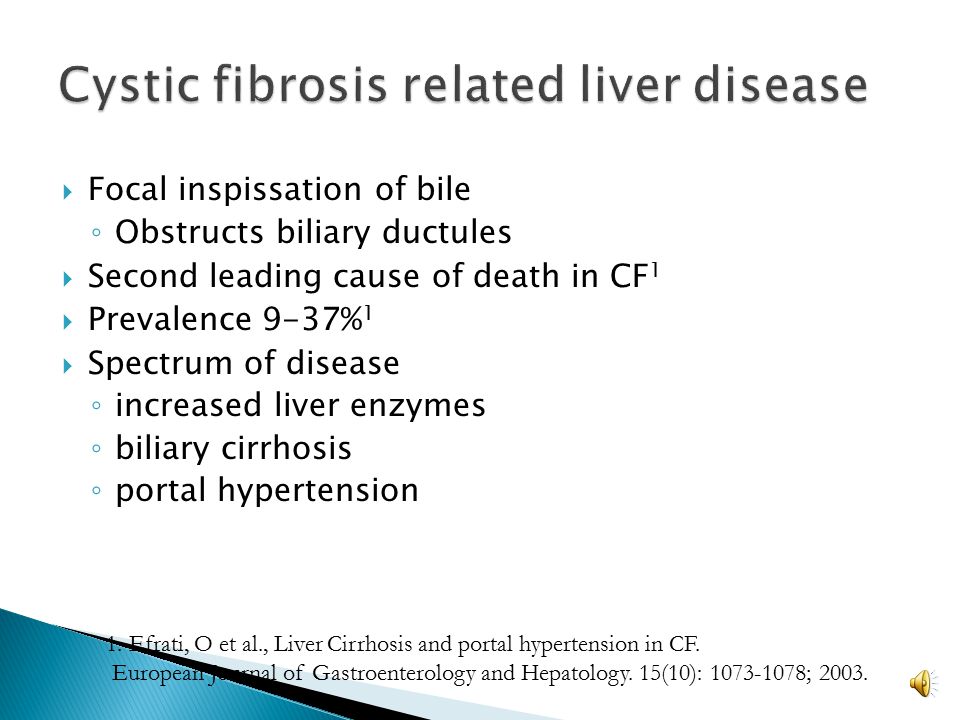





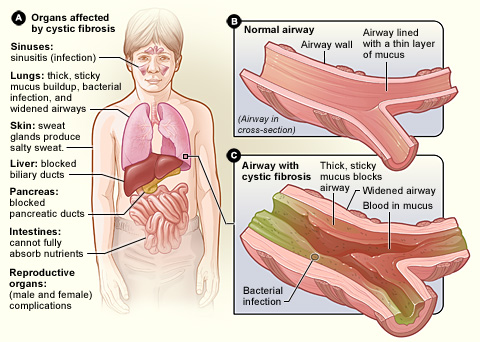
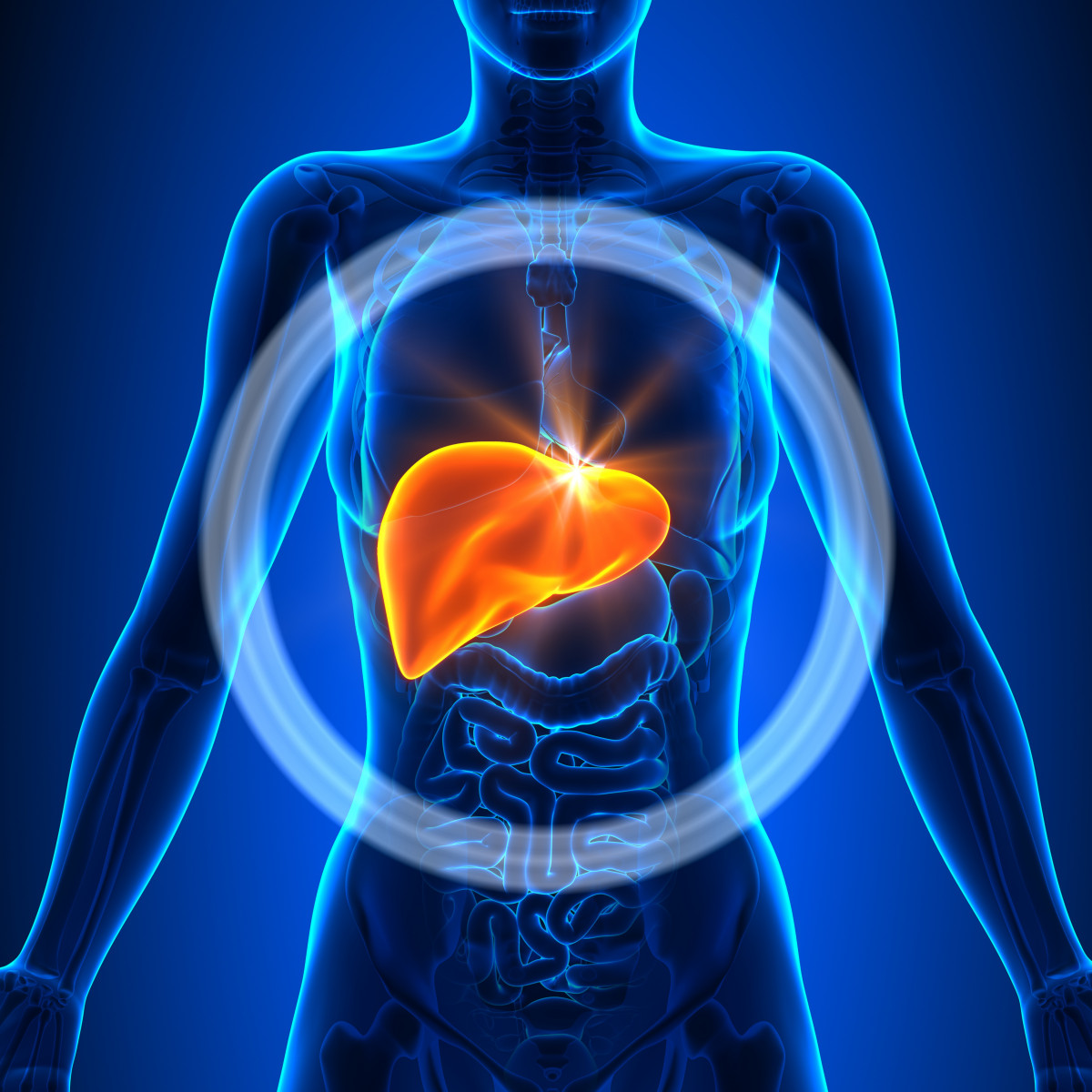
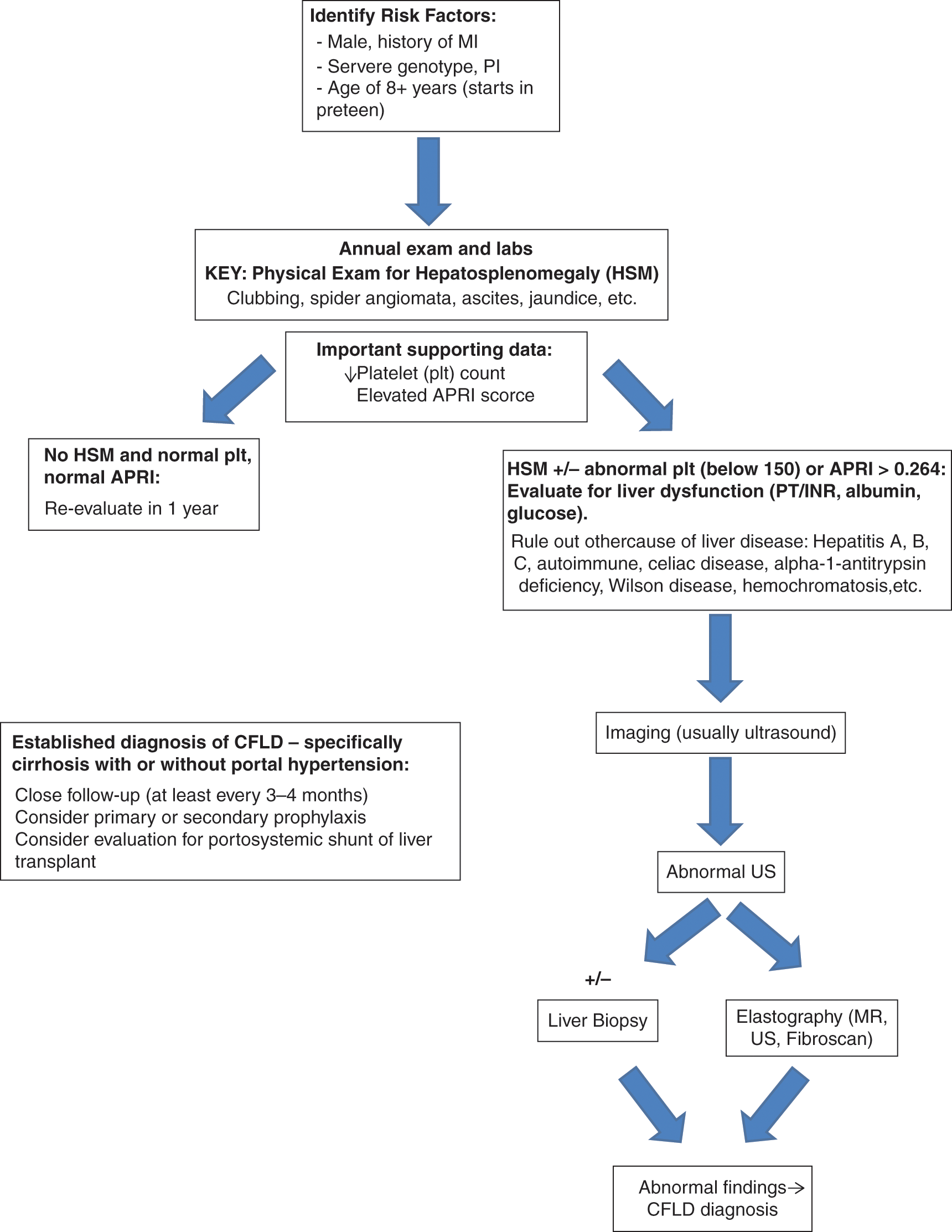
















Post a Comment for "Cystic Fibrosis Liver Disease"